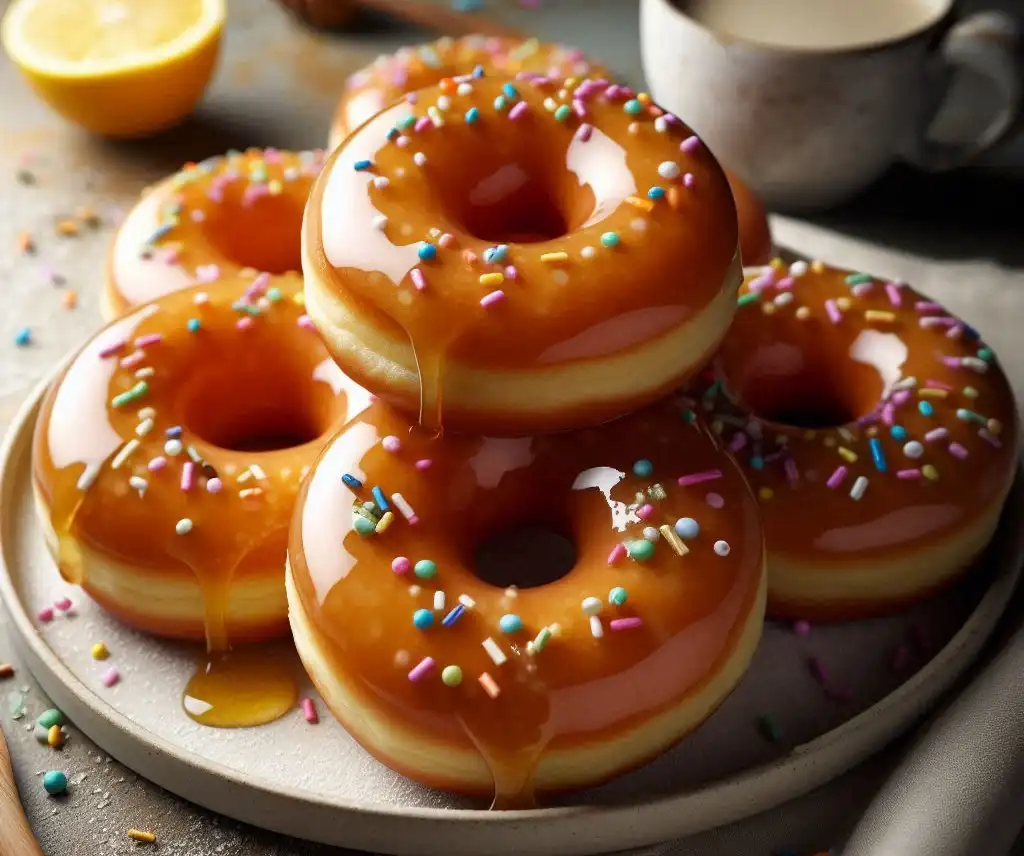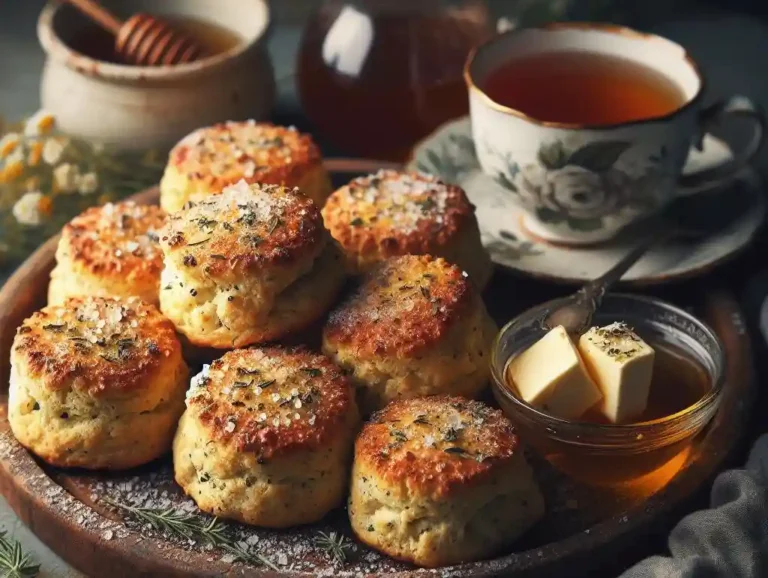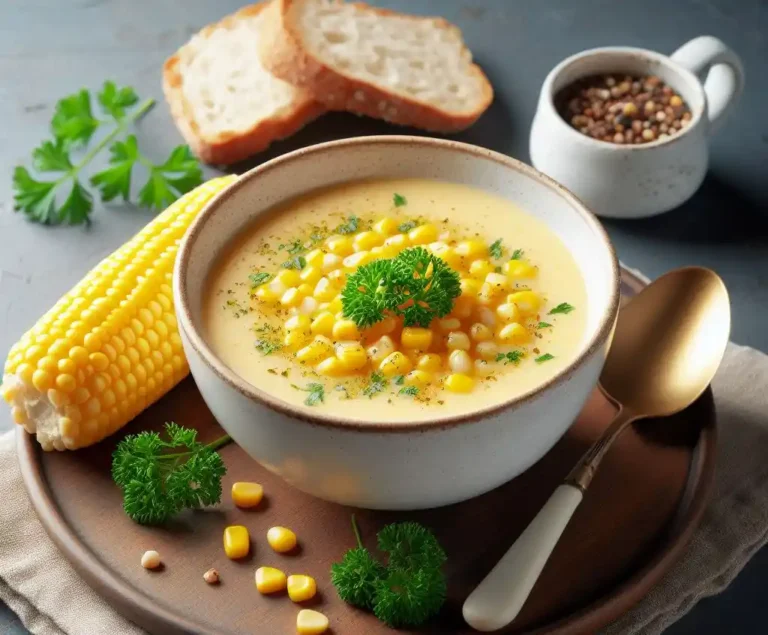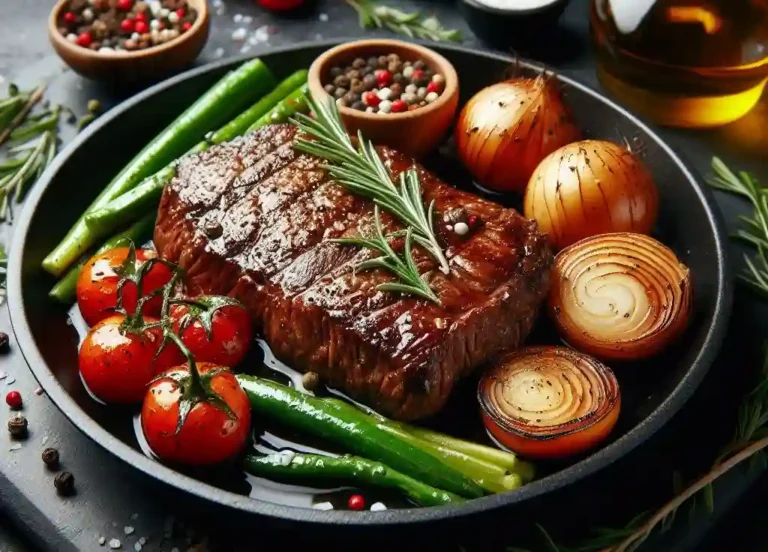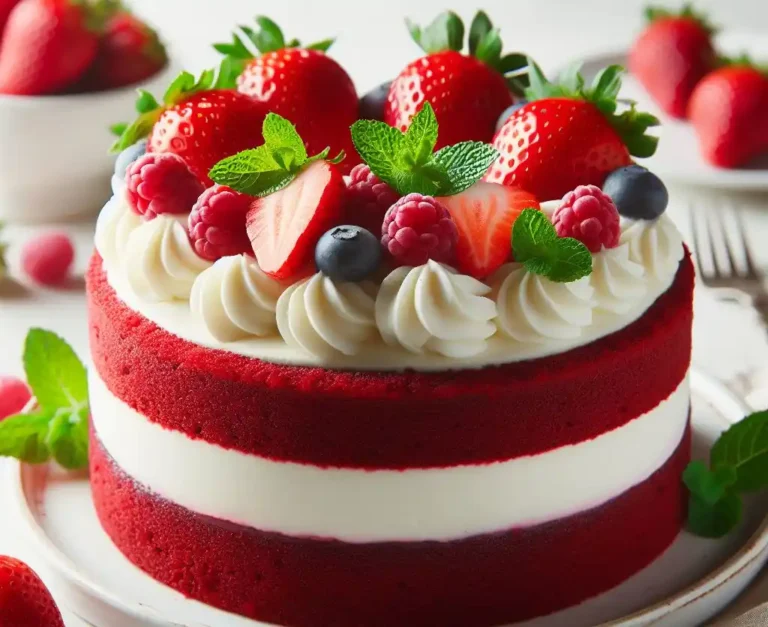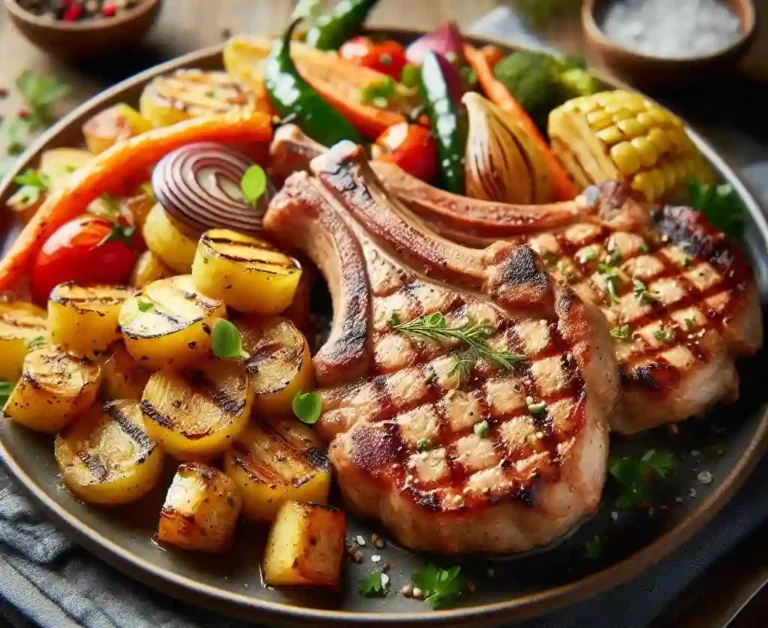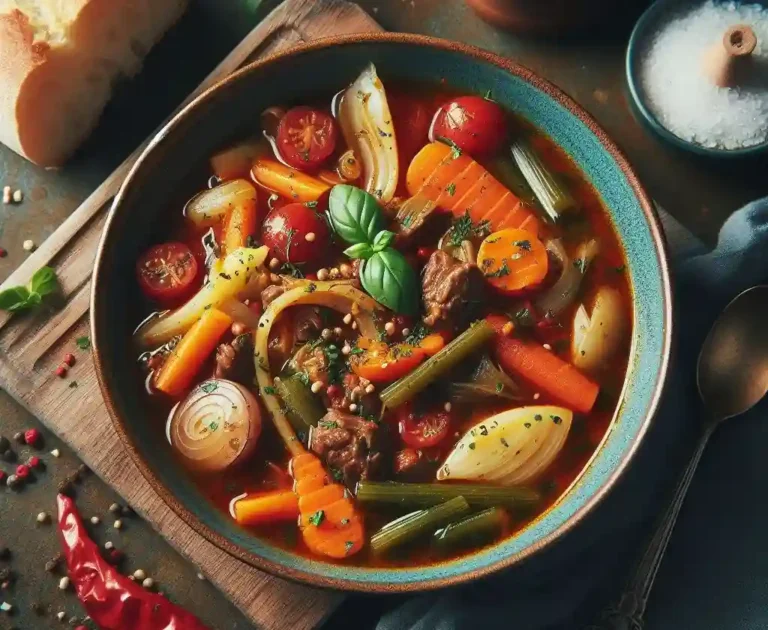How to Make Glaze Without Powdered Sugar? – Conquering The Kitchen
Glaze Without Powdered Sugar is a versatile and delicious alternative to traditional glazes, suitable for a variety of baked goods.
Whether you’re looking to avoid powdered sugar due to dietary restrictions or want to try something new, plenty of options are available for creating a delicious glaze without this common ingredient.
In this blog post, we’ll explore different methods and ingredients to make the glaze without powdered sugar and tips for achieving the perfect consistency and professional finish.
How to Make Glaze Without Powdered Sugar? – A Quick Overview
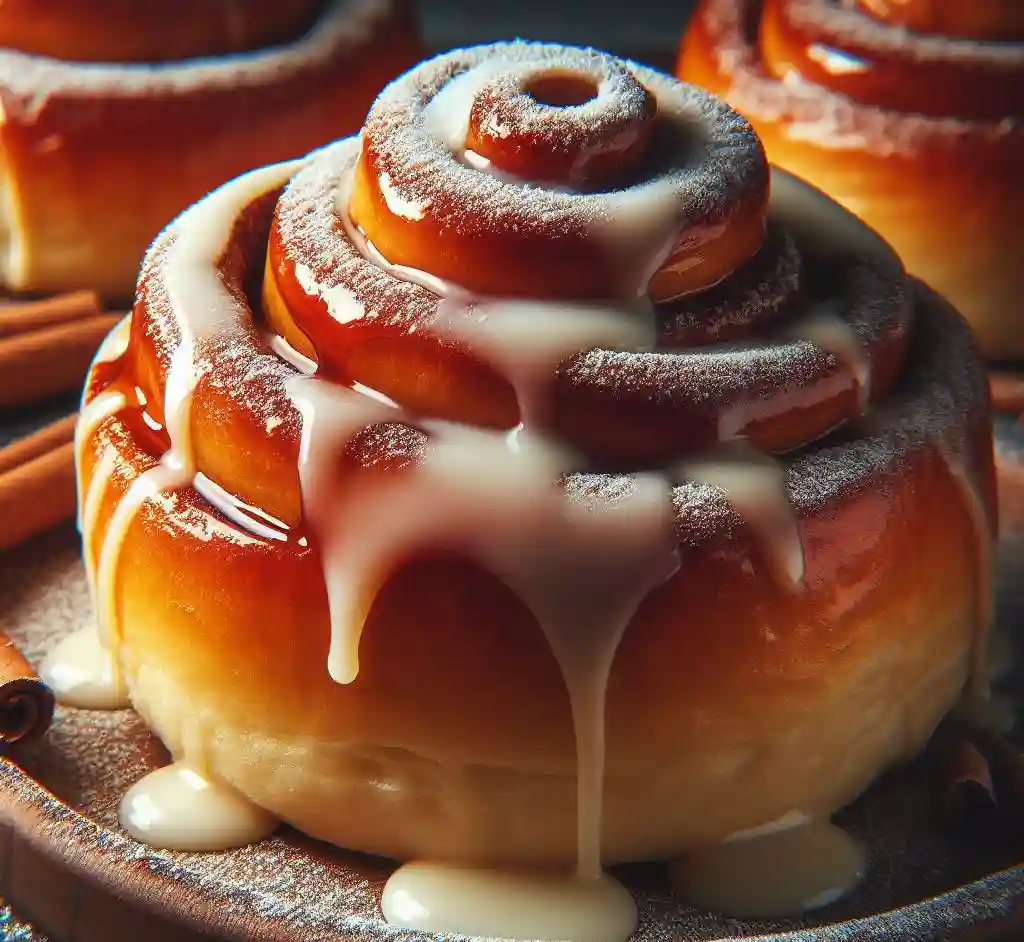
Method 1: Using Granulated Sugar
- 1 cup granulated sugar
- 2-3 tablespoons milk or water
- 1 teaspoon vanilla extract (optional)
Combine the sugar and milk in a small saucepan. Heat over low heat, stirring constantly, until the sugar dissolves. Bring to a simmer and cook for 2-3 minutes, or until the glaze thickens slightly. Remove from heat and stir in the vanilla extract, if using. Let cool and use as desired.
Method 2: Using Honey or Maple Syrup
- 1/2 cup honey or maple syrup
- 1-2 tablespoons milk or water
- 1 teaspoon vanilla extract (optional)
Combine the honey or maple syrup and milk in a small bowl. Whisk until smooth and well combined. Add the vanilla extract, if using. Use as desired.
Tips:
- Adjust the amount of milk or water to achieve the desired consistency.
- For a thicker glaze, use less milk or water. For a thinner glaze, use more milk or water.
- Experiment with different flavor combinations, such as adding a pinch of salt or a teaspoon of cinnamon.
- Store any leftover glaze in an airtight container in the refrigerator for up to 3 days.
Benefits:
- Easy to make with just a few ingredients.
- Customizable to your taste preferences.
- Perfect for topping cakes, cookies, or pastries.
Variations:
- Add a teaspoon of melted chocolate for a chocolate glaze.
- Use different types of milk, such as almond or soy milk, for a non-dairy glaze.
- Add a pinch of salt to balance the sweetness.
- Experiment with different flavor extracts, such as almond or coconut, for a unique taste.
Understanding the Basics of a Glaze
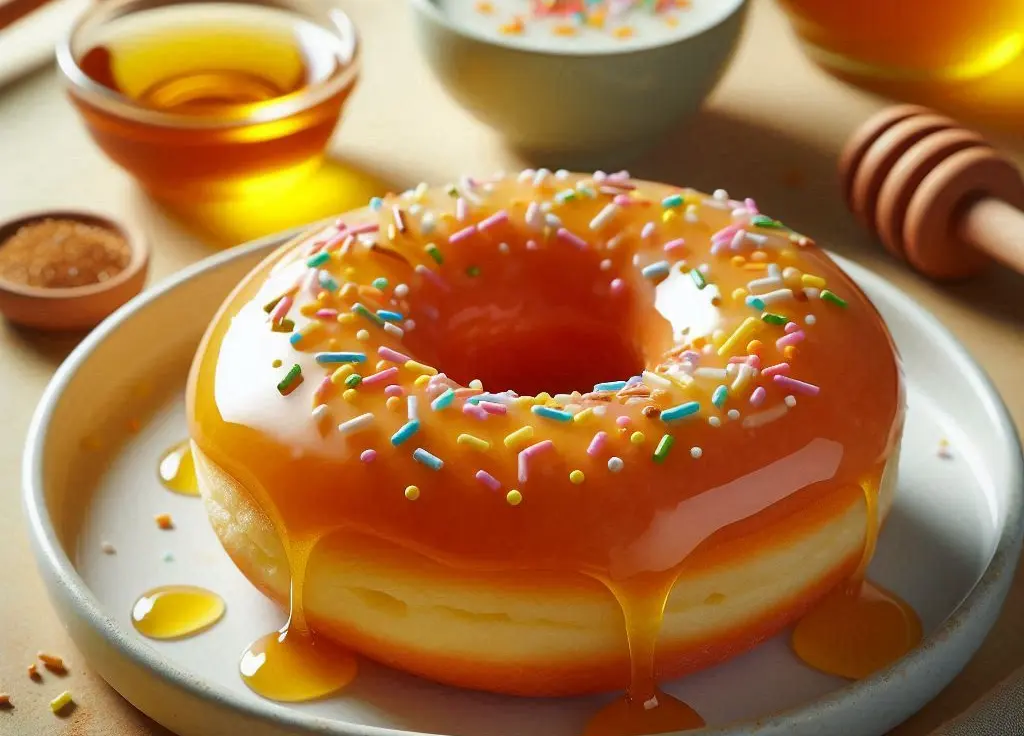
A glaze is a simple mixture that enhances baked goods with additional moisture and flavor. Typically thin and sweet, it’s applied to the surface of desserts to create a pleasing aesthetic and taste.
The essence of a successful glaze lies in achieving the right balance between liquid and solid ingredients, ensuring it’s fluid enough to spread while thick enough to adhere to the dessert’s surface.
Traditional glazes often rely on powdered sugar for sweetness and structure, but exploring alternatives broadens the culinary palette, allowing for unique tastes and textures.
Mastery of glaze fundamentals opens up endless possibilities for customization, encouraging bakers to experiment with various ingredients to complement their creations perfectly.
The Role of Liquid Sweeteners in Glaze Making
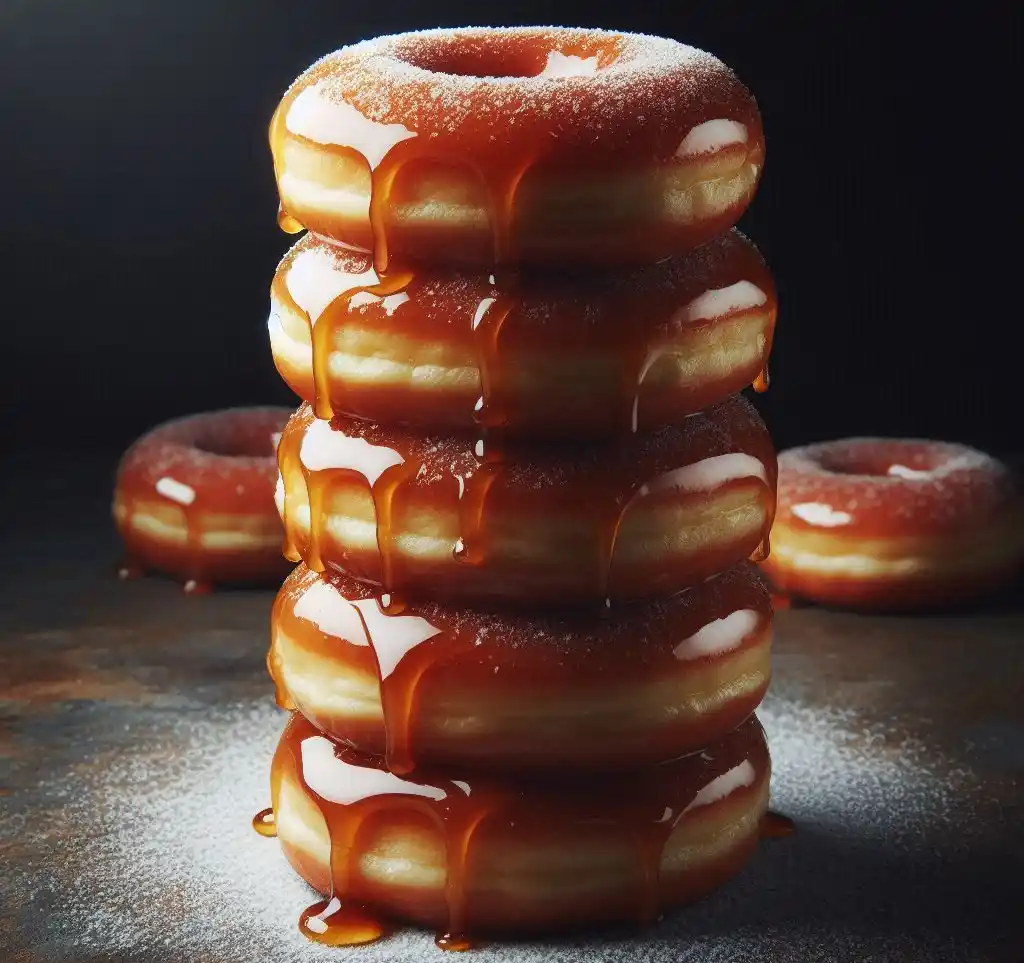
In the realm of glaze making, liquid sweeteners are pivotal in substituting powdered sugar. These natural syrups, including honey, maple syrup, and agave nectar, are more than just sweeteners; they bring a unique depth of flavor and a desirable consistency to glazes.
Their inherent stickiness aids in forming a smooth, cohesive mixture that pairs wonderfully with an array of baked goods. The choice of liquid sweetener can influence the glaze’s overall taste, allowing bakers to match the glaze with the flavor profile of their dessert.
Additionally, the liquid nature of these sweeteners can simplify the glaze-making process, eliminating the need for dissolving solid sugars and ensuring a lump-free finish.
Incorporating these versatile ingredients invites customization and experimentation, leading to personalized and exciting flavor combinations that enhance any pastry or dessert.
Utilizing Corn Syrup for a Smooth Finish
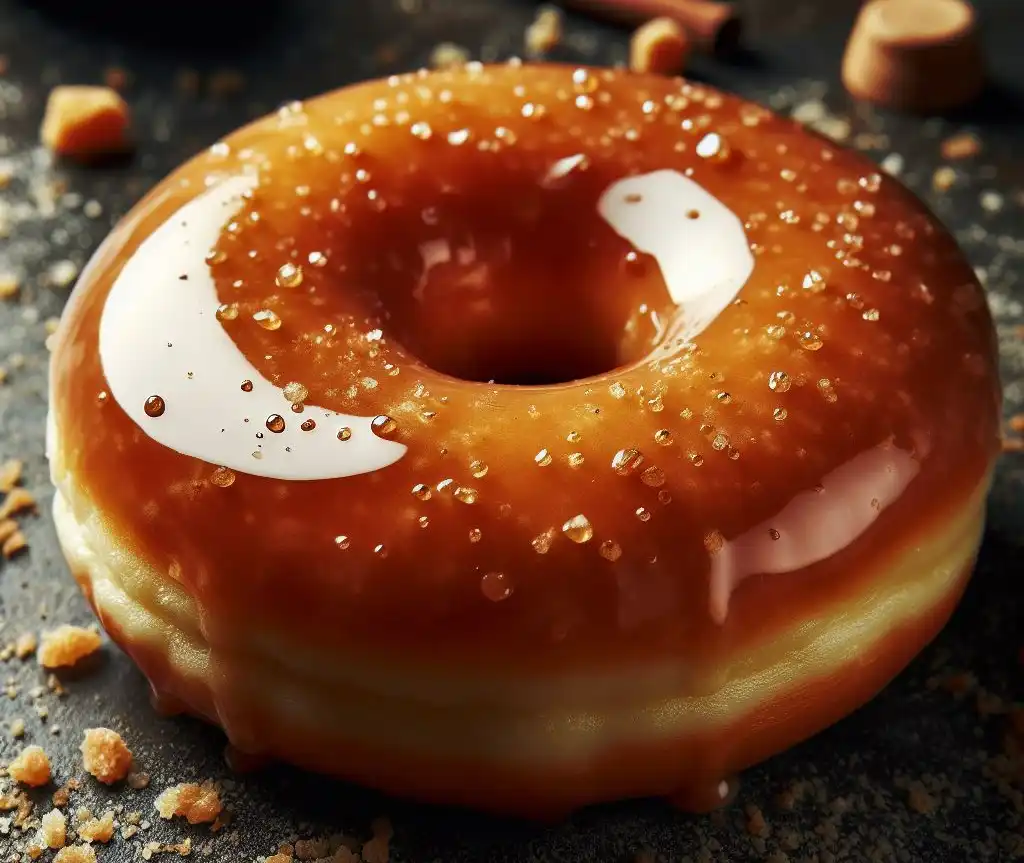
Corn syrup emerges as a key player in crafting glazes that rival the glossy, professional finish of their powdered sugar counterparts.
This ingredient excels in lending a desirable thickness to your concoctions, setting the stage for an effortlessly slick appearance on a range of desserts from elegant cakes to playful cookies.
Its neutral flavor profile ensures that the true essence of your chosen flavors shines through, unmarred by additional sweetness. When integrated into your glaze recipe, corn syrup acts as a binding agent, promoting a cohesive texture that gracefully clings to every curve and corner of your baked goods.
The incorporation of corn syrup not only guarantees a visually appealing sheen but also enhances the durability of the glaze, making it less prone to crystallizing over time.
This makes it an invaluable asset for those seeking to add a touch of sophistication to their culinary creations without the use of powdered sugar.
The Magic of Reducing Fruit Juices
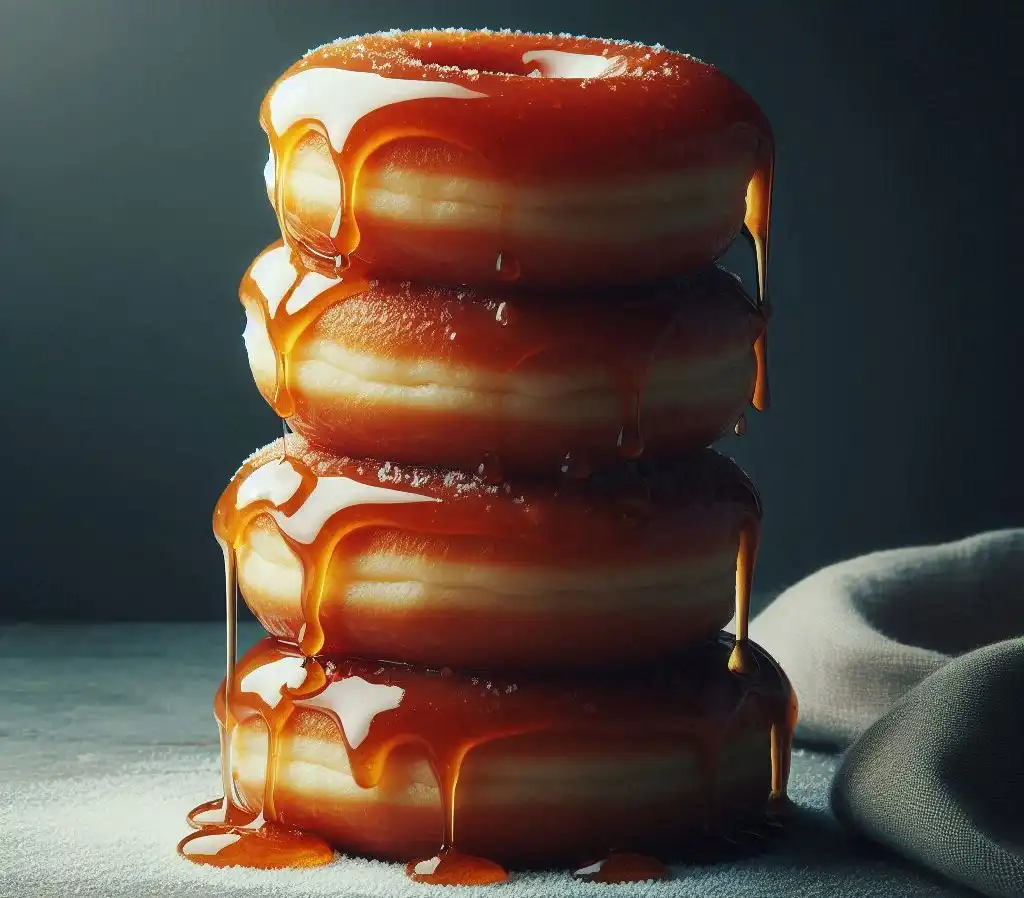
Harnessing the magic of reducing fruit juices offers a unique avenue for crafting a glaze brimming with natural sweetness and vibrant flavor, without the need for powdered sugar.
This method involves simmering your chosen fruit juice, such as apple, orange, or berry, over low heat until the volume is significantly reduced and the liquid takes on a syrupy consistency.
This concentration process intensifies the fruit’s inherent sugars and flavors, creating a potent glaze base that pairs exceptionally well with a variety of desserts. Experimenting with different fruit juices allows for endless possibilities in flavor combinations, from tart citrus notes to sweet berry undertones.
The resulting glaze not only adds a burst of color to your baked goods but also imparts a delightful fruity essence that can elevate simple pastries to gourmet treats.
Dairy-Based Glazes: Cream and Yogurt
Diving into the world of dairy-based glazes introduces a velvety dimension to your desserts, offering an alternative for those avoiding powdered sugar.
Cream and yogurt, when blended with natural sweeteners like honey or maple syrup, can create luxurious glazes that drape beautifully over your favorite treats.
The richness of cream provides a smooth, indulgent texture, while yogurt offers a slight tanginess that can enhance the overall flavor profile of your glaze.
These dairy options not only contribute to the thickness required for a clinging glaze but also allow for a spectrum of taste variations depending on the fat content and type of dairy used. For a thinner consistency, a splash of milk can be added.
Flavorings such as vanilla or almond extract can be mixed in to further customize the glaze, catering to the specific characteristics of the dessert it will complement.
Engaging with these ingredients invites an exploration into a realm of creamy, tangy glazes that enrich without overpowering, providing a subtle backdrop that elevates the primary flavors of your baked goods.
Creative Add-Ins for Flavor and Texture
Elevating your glaze without powdered sugar to the next level involves experimenting with various add-ins that bring both flavor and texture. Incorporating ingredients like zesty lemon or orange peel can introduce a refreshing citrus note, ideal for spring and summer desserts.
Cinnamon, nutmeg, or cardamom offer warmth and complexity, perfect for cozy, cold-weather treats. Finely chopped nuts or toasted coconut flakes can be mixed into or sprinkled atop the glaze for a bit of crunch and visual appeal.
Additionally, extracts like vanilla, almond, or peppermint provide an easy way to infuse your glazes with robust flavors, allowing each bite to deliver a distinct and memorable taste experience.
These additions not only customize your glaze to suit the dessert but also encourage culinary creativity and exploration.
Tips for Achieving the Perfect Consistency
Mastering the consistency of your glaze without powdered sugar requires a careful balance of ingredients. Start by gradually combining your selected sweetener with any liquid ingredients, stirring continuously to ensure a homogenous mixture.
If the glaze appears too thin, a simple solution is to simmer it over low heat, allowing some liquid to evaporate, naturally thickening the mixture. Conversely, if your glaze is too thick, gently thin it with a small addition of liquid, such as water or juice, to achieve your desired consistency.
Patience is key; adjustments should be made incrementally to avoid over-thinning or over-thickening. This methodical approach ensures your glaze reaches the perfect pourable or spreadable texture for an even, luscious coating on your desserts.
Application Techniques for a Professional Finish
Achieving a professional finish when applying your glaze is essential for eye-catching baked goods. For a smooth, even coating, pour the glaze over your dessert from the center and let it gently flow towards the edges.
Use an offset spatula for spreading, giving you control over the thickness and ensuring uniform coverage. If aiming for a drizzled effect, dip a fork or the tip of a spoon into the glaze and wave it back and forth over your treats, creating fine lines or zigzags.
For items like donuts or pastries that benefit from a thorough coating, consider dipping them directly into the glaze, then lifting and letting the excess drip off for a clean finish.
These techniques not only enhance the appearance but also evenly distribute the glaze’s flavor.
FAQs
Q: Can I achieve a smooth glaze using granulated sugar instead of powdered sugar?
A: Granulated sugar might not be the best choice for glazes, as it’s more difficult to dissolve and could leave a grainy texture. Opt for alternatives like liquid sweeteners for smoother results.
Q: How should I store glaze made without powdered sugar, and how long does it last?
A: Store your glaze in a sealed container in the fridge. Typically, it should remain fresh for a few days. Always inspect it for spoilage before use.

Amelia Winthrop is the creative force behind Skillful Cooking, a blog that serves as a canvas for her culinary creations. With a philosophy that cooking should be accessible and enjoyable, Amelia crafts recipes that blend simplicity with sophistication. Her intuitive approach to the kitchen encourages others to embrace the joy of cooking and the pleasure of sharing meals with loved ones.

